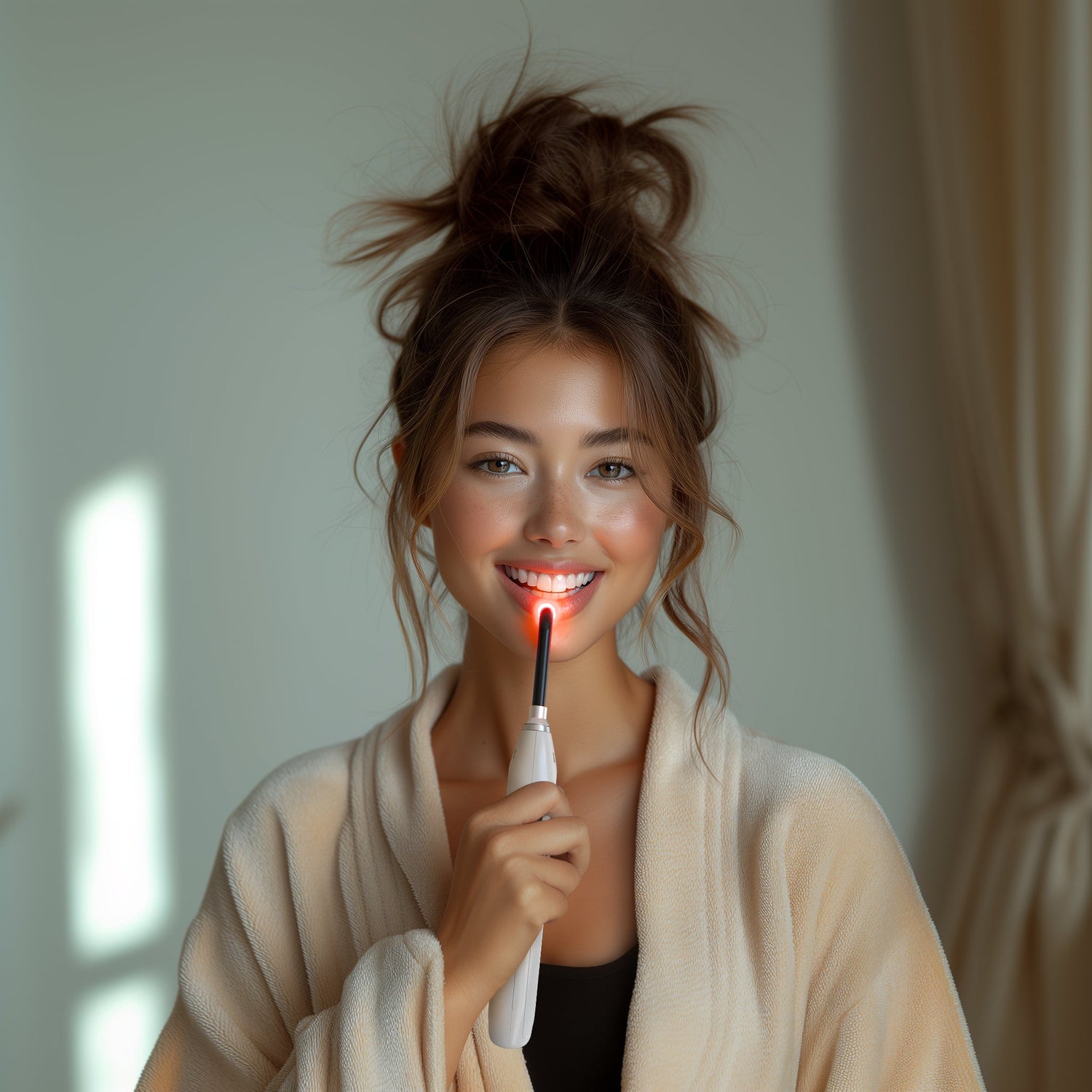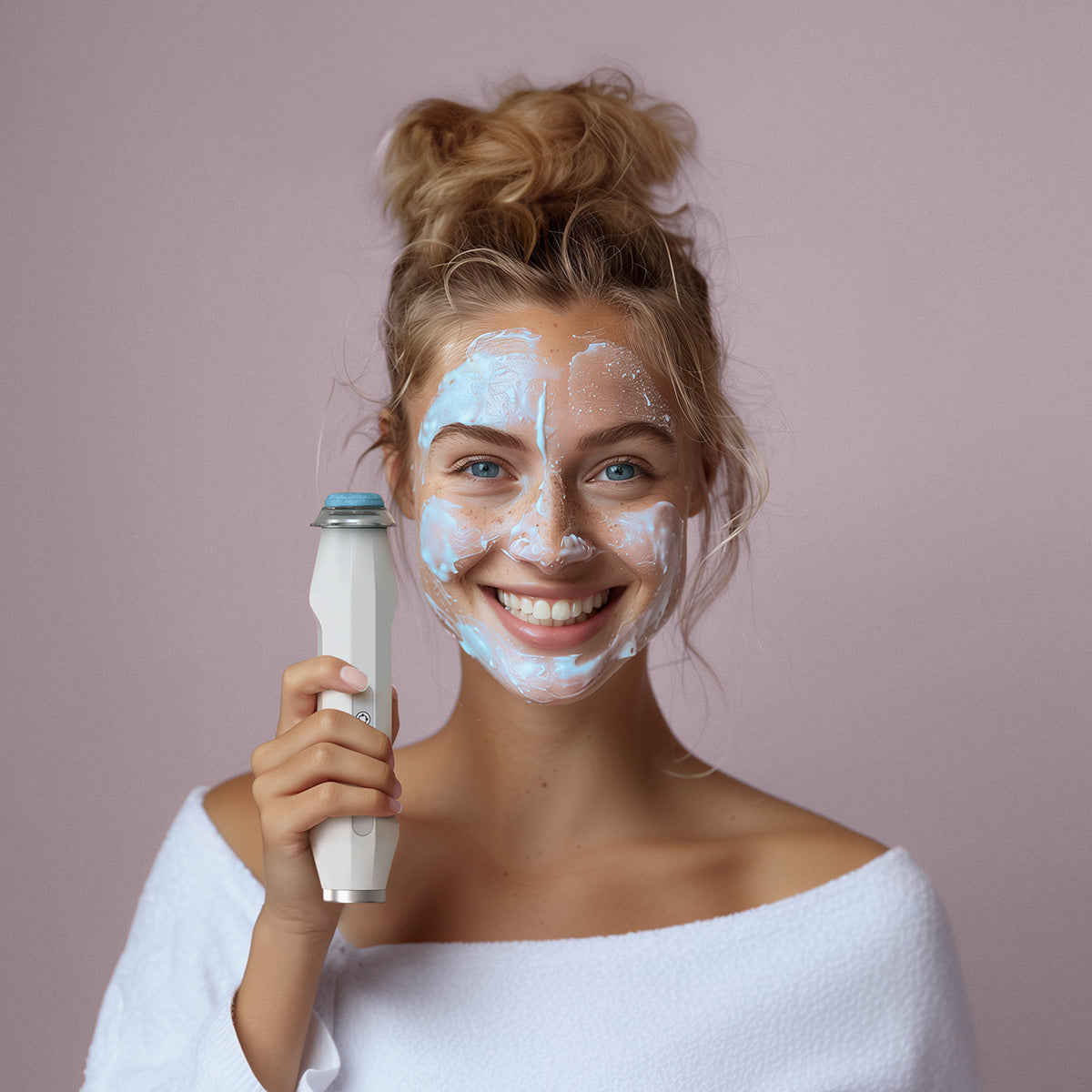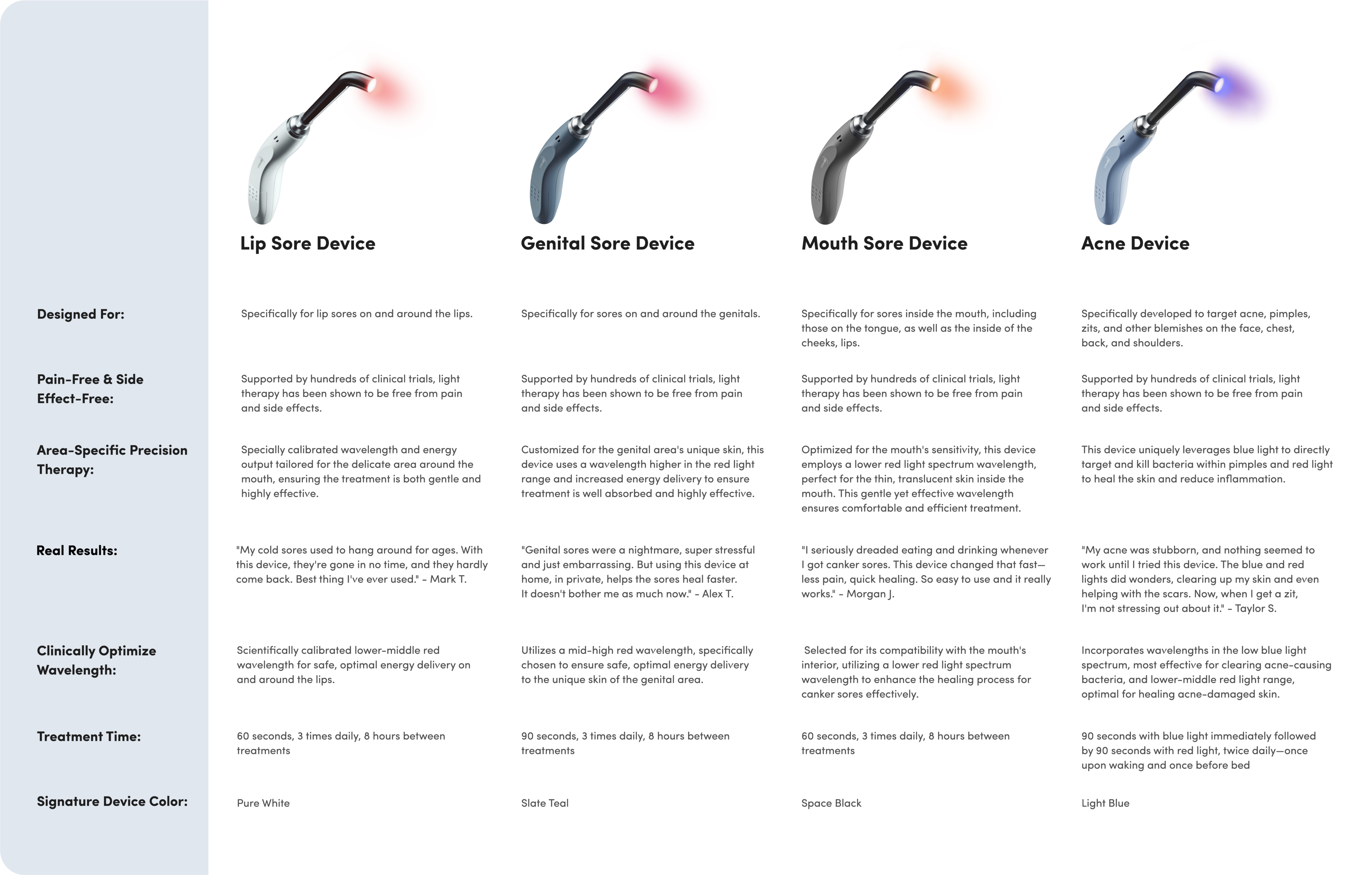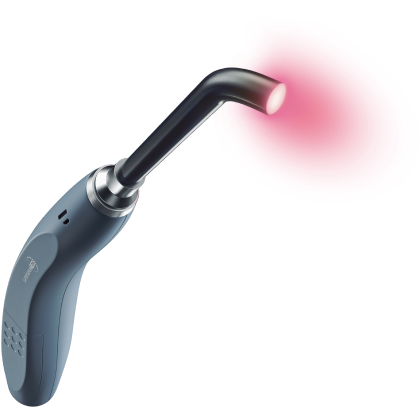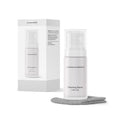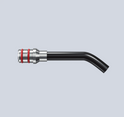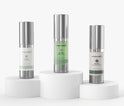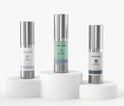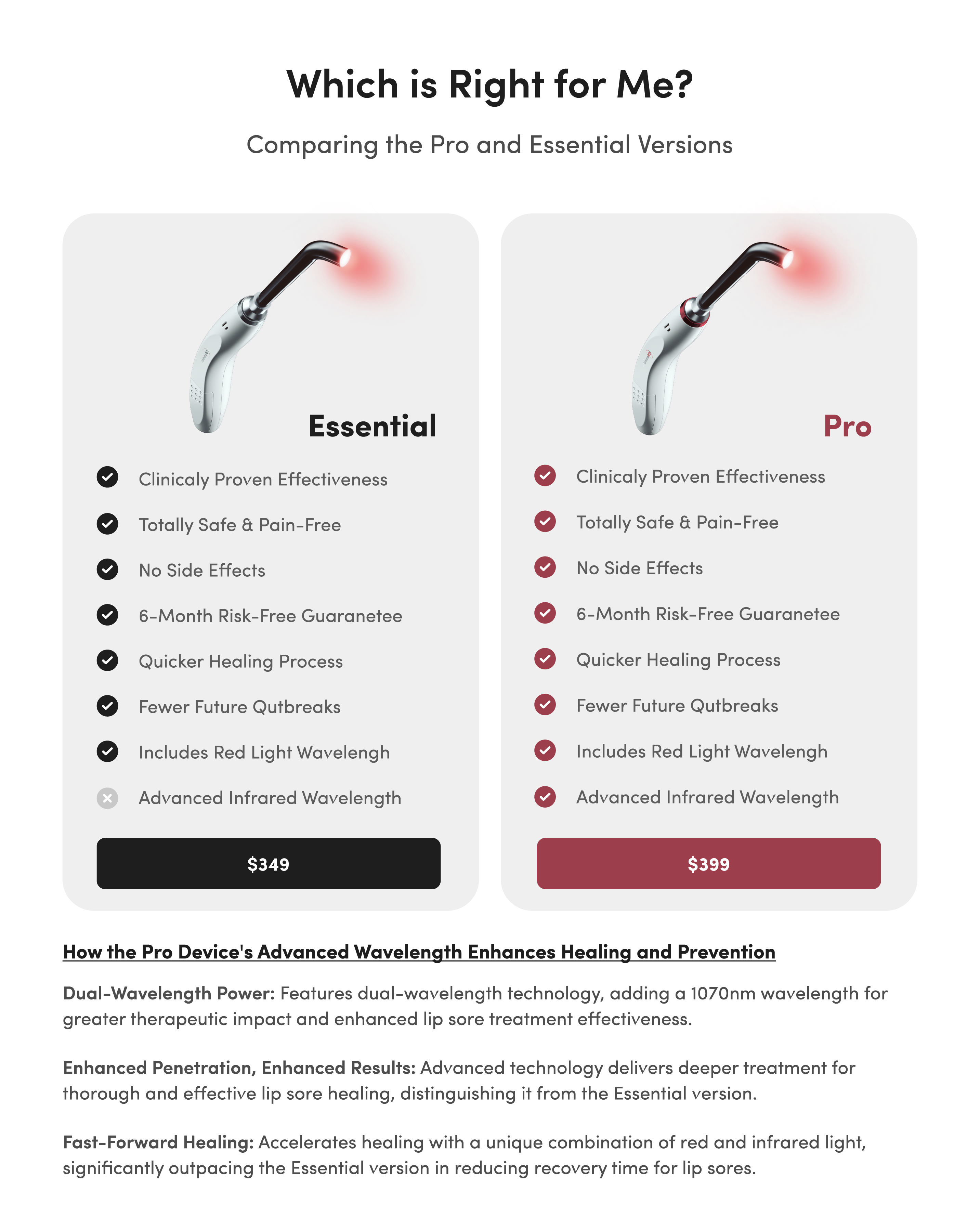Does Neosporin Really Help Acne?

There’s no two ways about it — acne is the worst.
More than 90% of people will suffer from acne at some point. That means nearly everyone you’ve known, or will know, will experience the isolating and embarrassing effects of acne.
And yet, there’s no single acne treatment that’s guaranteed to work for everyone.
If you’re an acne sufferer, it’s up to you to experiment with different treatment options to find the one that works best for you. At some point in your research, you may have asked, “Does Neosporin help acne?”
Let’s explore this question!
What Is Neosporin?
Neosporin is an over-the-counter topical ointment used to treat burns, cuts, and scrapes.
Often found in first aid kits, this ointment is an antibiotic, meaning it actively kills bacteria. This prevents infection, ensuring a very minor issue doesn’t become a major one.
Warnings and Risk Factors
Before using Neosporin, or any over-the-counter medication, be sure to read the full description on the package label. If you know you’re allergic to any of the listed ingredients, don’t use the product — even if those ingredients are listed as “inactive.”
If you suffer from chronic ear infections or have a ruptured eardrum, or if you’re pregnant or nursing, talk to your doctor before using Neosporin. Unless specifically instructed by a healthcare professional, avoid using Neosporin on children under two years old.
Before using Neosporin, or any medicated product, check the expiration date. Do not use the ointment if it’s expired.
How to Use Neosporin
Neosporin is easy to use on minor cuts and burns, but in order to effectively prevent infection, you need to follow these steps exactly:
- Wash the injured area with soap and water. Remove all visible dirt and debris from the wound.
- Pat the area dry with a soft, clean cloth. Do not scrub or rub the area. Doing so might cause your skin to become irritated and further damaged.
- Use a small amount of Neosporin. Apply directly onto the affected area.
- Bandage the area to protect the wound. This will also keep the Neosporin in place.
- Don’t use Neosporin more than three times per day, unless specifically instructed by your doctor.
If you’re using a tube of Neosporin from a communal first-aid kit, do not apply the ointment directly to your injury. This will contaminate the tube. Instead, apply the Neosporin to the fabric center of a Band-Aid before covering the injured skin.
What Are Neosporin’s Active Ingredients?
We can’t answer the question “Does Neosporin help acne?” without first looking at Neosporin’s active ingredients.
Neosporin has three active ingredients — bacitracin, neomycin, and polymyxin B. Each of these three active ingredients kills different types of infection-causing bacteria.
- Bacitracin kills Gram-positive bacteria, such as Staphylococcus aureus, a type of bacteria that lives on the skin and frequently causes infections. Bacitracin is also a common cause of an allergic reaction called contact dermatitis.
- Neomycin kills Gram-negative bacteria. However, an estimated 1–6% of people experience an allergic reaction to the topical use of neomycin, and it can be toxic when ingested.
- Polymyxin B also kills Gram-negative bacteria, but studies have shown it’s not particularly helpful at preventing staph infections, which are common and can be serious.
Neosporin also contains a number of inactive ingredients, including cocoa butter, Vitamin E, cottonseed oil, fruit oil, and petroleum jelly. While most of these ingredients are meant to soothe irritated skin, it’s important to consider whether any ingredient, active or inactive, could irritate your skin or cause an allergic reaction.

Does Neosporin Help Acne?
Now that you know more about bacteria-killing Neosporin, we can return to the question, “Does Neosporin help acne?”
After all, acne is caused by bacteria — specifically the bacteria Propionibacterium acnes, or P. acnes. When P. acnes gets trapped inside your pores along with dirt, excess oil, and dead skin cells, an acne breakout is on the horizon.
Unfortunately, two of the three active ingredients in Neosporin — neomycin and polymyxin B — do not kill P. acnes, and bacitracin is not the most effective option, especially since it commonly causes contact dermatitis. Keep in mind, too, that Neosporin could further irritate acne-prone skin and cause additional breakouts.
Picking at your acne can cause the skin to break open and will delay the body’s healing process. It also opens the skin to infection. In the case of infection, Neosporin can help fight bacteria in the wounded area and reduce the possibility of developing a scar.
However, it’s best to avoid picking at your acne breakouts. This will ensure you don’t break your skin open and develop an infection.
What Should You Use Instead of Neosporin?
So, does Neosporin help acne? Not really, and there are definitely better options.
Instead of Neosporin, many other topical ointments out there can heal your acne and prevent future breakouts. These usually contain active ingredients such as salicylic acid, azelaic acid, benzoyl peroxide, adapalene, or alpha hydroxy acids, which are much more effective than the ingredients in Neosporin.
Need help choosing the right products for you? Pay attention to user reviews on third-party sites like Amazon. These are a good way to determine whether a product can help with difficult skin conditions like acne. User reviews with before and after pictures can be particularly helpful — they show what a product looks like in action.
If you’re tired of trying every topical treatment, cleanser, and medicated ointment under the sun, it might be time to try light therapy! Light therapy devices like the Luminance RED Acne Device are designed to use both blue and red light technology to eliminate acne and prevent future breakouts. Blue light has been clinically proven to kill P. acnes, while red light heals your skin at the cellular level.
Light therapy is a relatively new acne treatment option, but it’s becoming increasingly established and recommended by dermatologists and estheticians. It could very well be the acne solution you’ve been looking for!


